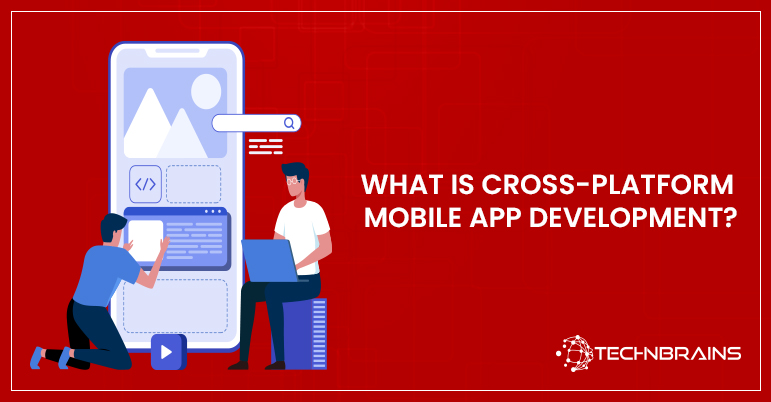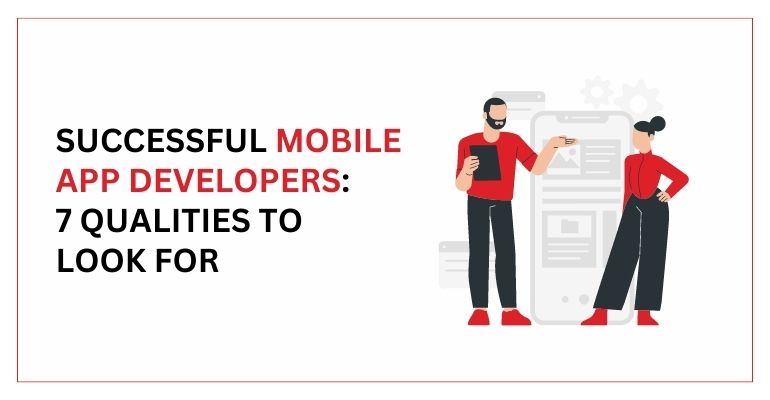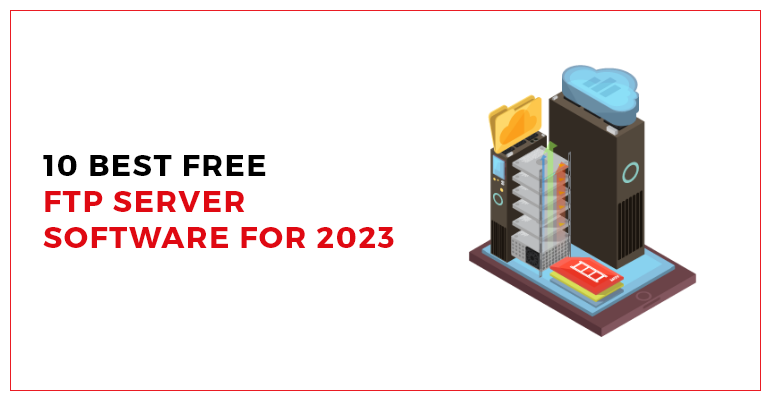What is Cross-Platform Mobile App Development?
May 19, 2021
admin
Mobile app development has taken the world by storm. According to a report, mobile app revenues equaled around 100 billion USD worldwide, while the number is around a whopping 690 billion USD in 2021. The significant increase in the revenue figures is evident; the mobile industry’s competition is increasing every day.
In the start, mobile app development was comparatively straightforward and was done natively; for Android using Java, and for iOS using Objective C or Swift. The limitation with this kind of app development was that the apps for the various platforms had to be developed separately and required additional budget, time, and resources. Not now, the latest developments have made possibilities a reality. Let’s see how it works.
Earlier, native apps ruled the app development industry, but hybrid mobile apps are now beginning to pave the way and making everyone realize their significance. Cross-platform platforms provide one primary functionality; one app can work for both iOS and Android. This approach allows enterprises and companies to spend their energies in a single direction rather than spending on multiple resources.
Although there are some changes required in the code for each platform, most of the source code remains the same, so you don’t have to learn 2 or 3 different languages to code for any platform now.
There are quite a few mobile app development platforms used to build cross-platform applications, but a few are more famous than the others. Today, we will be learning about the three most used platforms.
REACT NATIVE
React Native is an open-source framework that uses JavaScript’s React library to build native mobile applications for Android and iOS platforms. It was launched in 2015. This is to be noted that apps for both platforms slightly differ with respect to code because of some platform-specific limitations, but more than 90% of the code remains the same.
Some top apps have been developed using this framework or using some of its components here and there, including Pinterest, Bloomberg, Instagram, Facebook, and more. React Native is built and managed by Facebook, Inc.
FLUTTER
Flutter is also used for developing hybrid mobile apps. It is a portable UI toolkit developed and supported by Google that lets everyone build beautiful native apps for mobile platforms. It uses Dart as a programming language to build applications for mobile and other devices.
Flutter is also an open-source project, and many companies and organizations, including Google, contribute to it. Realtor.com, Tencent, Google Assistant, Square, and many other applications are developed using Flutter, which speaks of this platform’s success.
IONIC
Like Flutter, Ionic is another popular UI toolkit widely used to develop cross-platform native mobile applications. It uses web technologies like HTML, JavaScript, and CSS to build precise, responsive, and fascinating applications. Moreover, it also supports integrations and connections to other frameworks like AngularJS, Vue, and more.
Amtrak, Southwest Airlines, Electronic Arts are some of the many examples of successful and top-quality apps built using the Ionic framework. Just like the earlier two, it is also an open-source platform and built in the year 2013 by Ben Sperry, Adam Bradley, and Max Lynch of the Drifty Co.
NATIVE APPS VS. HYBRID APPS: THE NEVER-ENDING DEBATE
Native applications vs. hybrid applications have their own merits and demerits. Many around the world admire and appreciate both or either of these apps, but there are always people trying to prove one better than the other.
We are listing the pros and cons of both the apps and the rest is up to you to decide.
1. NATIVE APPS
PROS
- Great Performance
- Better Usability of System Functions
- Better Security
- Great Designs
CONS
- Extra Development Cost
- More Resources Required
- More Time Required
2. HYBRID APPS
PROS
- Cross-Platform Availability
- Less Developmental Timeline
- Convenient Bug Fixes & Upgrades
- Less Developmental Costs
CONS
- Limited Community Support
- Non-refined UI
- Less Functionality Access
- Continuous Connection Required
The advantages and disadvantages of these two types of mobile apps are considerable, and it all rests on the requirements of the system that needs to be built. Tech-giants and fortune 500 companies are incorporating these technologies into their processes, and it is on us to decide whether we need them or not.
Are you still confused about which type of app to choose for yourself? Click here to get in touch with our technology expert for FREE and clarify any confusion you might have.
TAKEAWAY
Applications have, whether native or hybrid, seen significant changes to the design and development. Starting from security matters to design, performance parameters, and more. Everything has become better than it was a few years ago. Research and development work never stops, so we cannot cease to expect unique and amazing features in the future as well.
Both types of applications can have their ups and downs but offer something if not everything for the users, and we think there is always room for little trade-in. It is now just a matter of time, and we will witness the surge for one technology or the another, but one thing can be indeed said; mobile applications are the key to a great future.





